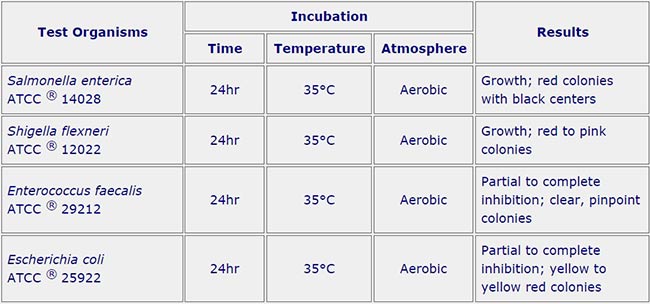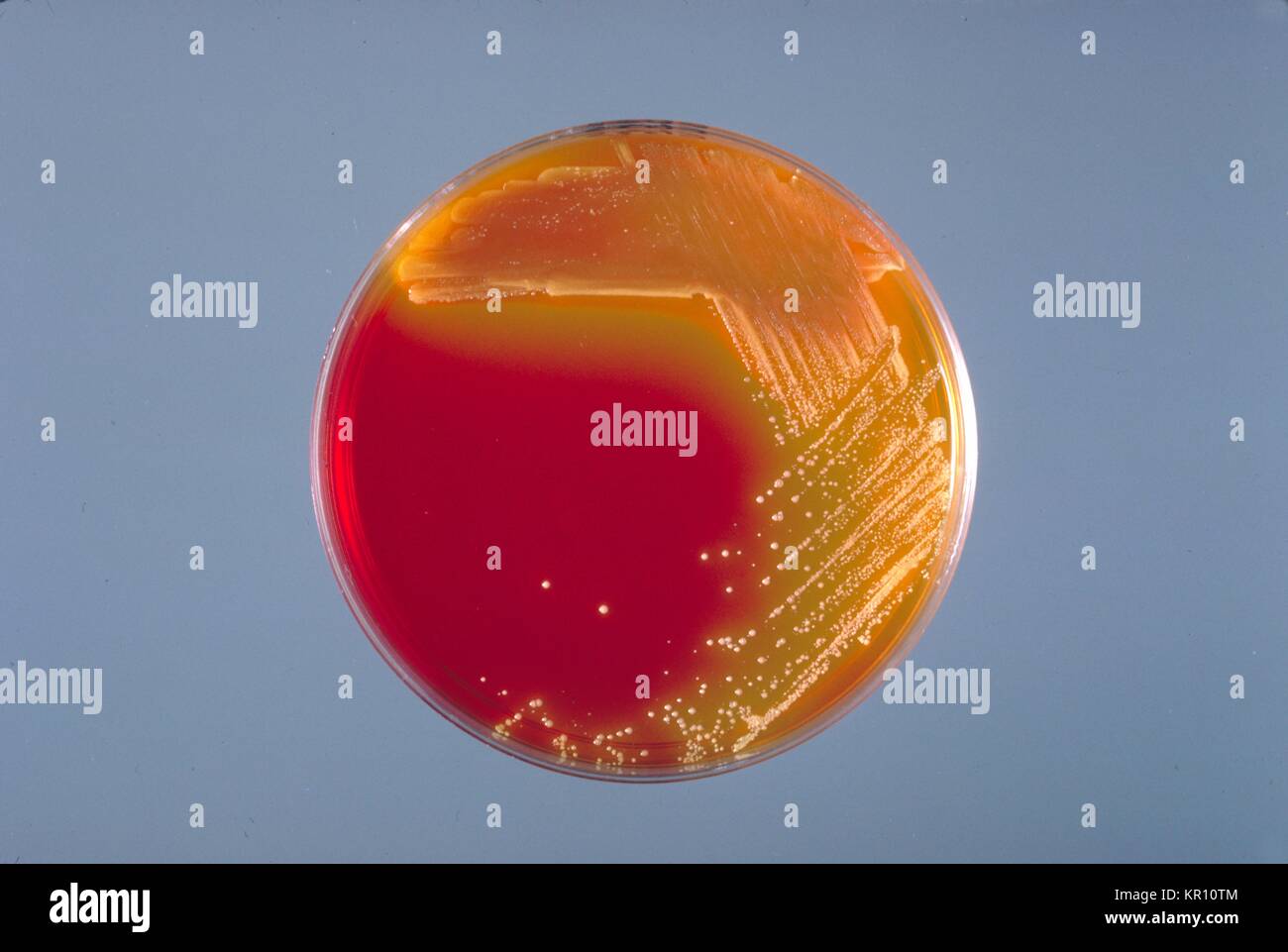
Biochemically 87 (43%) samples revealed catalase, citrate, H 2S and fermentation tests positive while oxidase, DNase, Indole and urease tests negative, indicating the presence of Salmonella sp. was detected as gram negative rods with pink coloration on gram staining. Biochemically 91 (45%) samples enhibited Catalase, Coagulase, DNase, Urease, Citrate, fermentation tests positive and indole, oxidase and H 2S tests negative with nonmotile character, indicating the presence of Staphylococcus aureus. Staphylococcus aureus exhibited gram-positive character with purple coloration and it was detected as cocci-shaped.

Staphylococcus aureus produced yellow colonies with yellow zones on Mannitol salt agar. Selective medium xylose lysine deoxycholate agar (XLD) and Mannitol salt agar were used for the identification of Salmonella sp. A total of 200 raw milk samples were collected from different cities of Pakistan. The final identification was made using 16SrRNA sequence analysis. Primary screening of raw milk samples was done on the basis of morphological, cultural and biochemical techniques. This study aimed to isolate and identify pathogenic bacteria Staphylococcus aureus and Salmonella from raw milk samples of different cities of Pakistan. These bacteria create serious problems for human health. aureus and Salmonella enter in milk and then multiply, after multiplication they become active in causing diseases. Different types of pathogenic bacteria like S. It is a best source of calcium and phosphorus.

Milk is important component of human diet including fats, proteins, vitamins and minerals. Received: Ma Accepted: Published: May 22, 2020įood-borne diseases are the main public health problem throughout the world.
#Xld agar results license#
This work is licensed under the Creative Commons Attribution International License (CC BY 4.0).

& D., Islamabad, Pakistan 3Department of Wild Life and Management, University of Haripur, Haripur, Pakistan 4Department of Biosciences, International Islamic University, Islamabad, PakistanĬopyright © 2020 by author(s) and Scientific Research Publishing Inc. 1Department of Microbiology, University of Haripur, Haripur, Pakistan 2Pakistan Agricultural Research Council P.


 0 kommentar(er)
0 kommentar(er)
